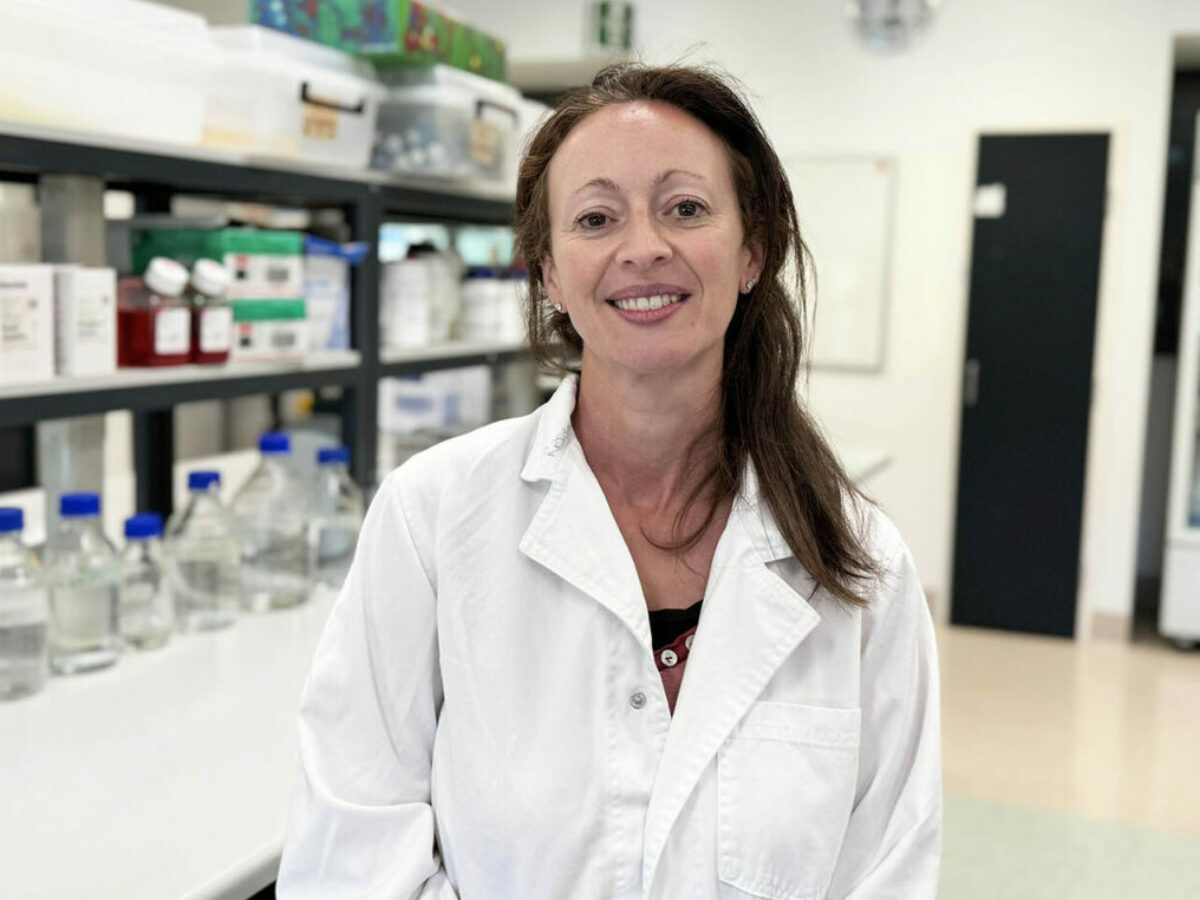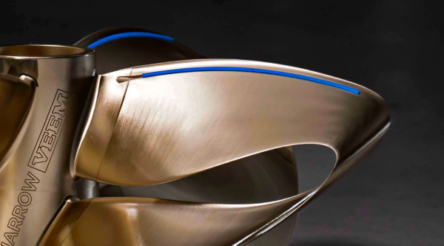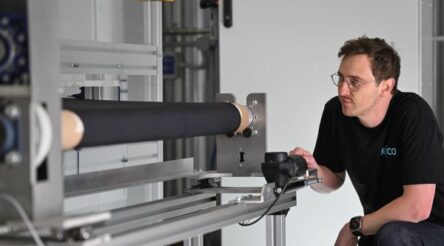Researchers use tiny spikes on silicon to to kill viruses

An RMIT University-led team has designed and manufactured a surface, made of silicon and covered in tiny “nanospikes”, which is showing promise in controlling transmission of potentially dangerous viruses.
According to a statement from the university, the results of a study that made the cover of nanoscience journal ACS Nano show 96 per cent of PIV-3 virus – a group of common viruses causing various respiratory illnesses – was either ripped apart or damaged so they were unable to replicate and cause infection.
RMIT – whose Distinguished Professor Elena Ivanova led the international team – said the results indicated promise for stopping transmission of potentially dangerous biological material in laboratories and healthcare environments.
“Our virus-killing surface looks like a flat black mirror to the naked eye but actually has tiny spikes designed specifically to kill viruses,” said corresponding author Dr Natalie Borg (pictured) in a statement on Wednesday.
“This material can be incorporated into commonly touched devices and surfaces to prevent viral spread and reduce the use of disinfectants.”
The surfaces were manufactured at the Melbourne Centre for Nanofabrication, which is part of the Australian National Fabrication Facility network.
ImageJ=1.53e
unit=nm
The process is described as starting with a smooth silicon wafer, “which is bombarded with ions to strategically remove material”, and leaving a “surface full of needles that are 2 nanometers thick – 30,000 times thinner than a human hair – and 290 nanometers high.”
Ivanova has spent years leading teams pursuing bioinspired surfaces for destroying pathogens, such as a “micro-pillared” titanium array for kiling superbugs and inspired by the “nanopillars” found on cicada and dragonfly wings.
The silicon nanospike research “was a truly interdisciplinary and multi-institutional collaboration carried out over two years,” according to RMIT, and involved a team including researchers from RMIT, URV of Spain, CSIRO, Swinburne University, Monash University and the Kaiteki Institute of Japan.
The new paper in ACS Nano can be accessed here.
Pictures: supplied
Further reading
RMIT’s tiny titanium spike breakthrough suggests antimicrobial surfaces “may need to be rethought”
@aumanufacturing Sections
Analysis and Commentary Awards Defence Manufacturing News Podcast Technology Videos










